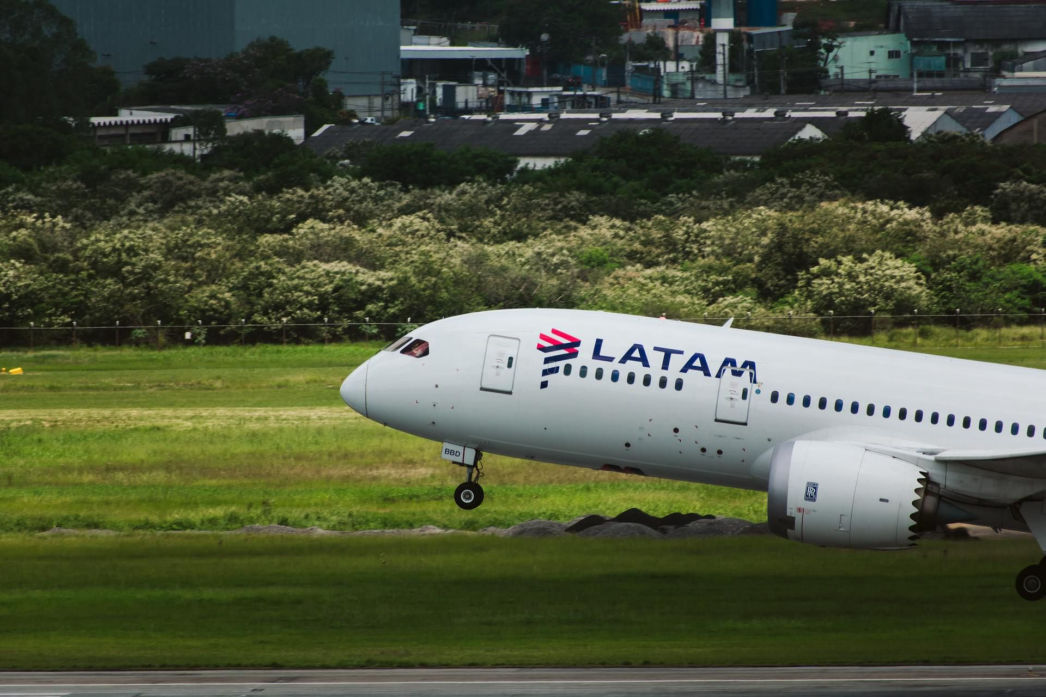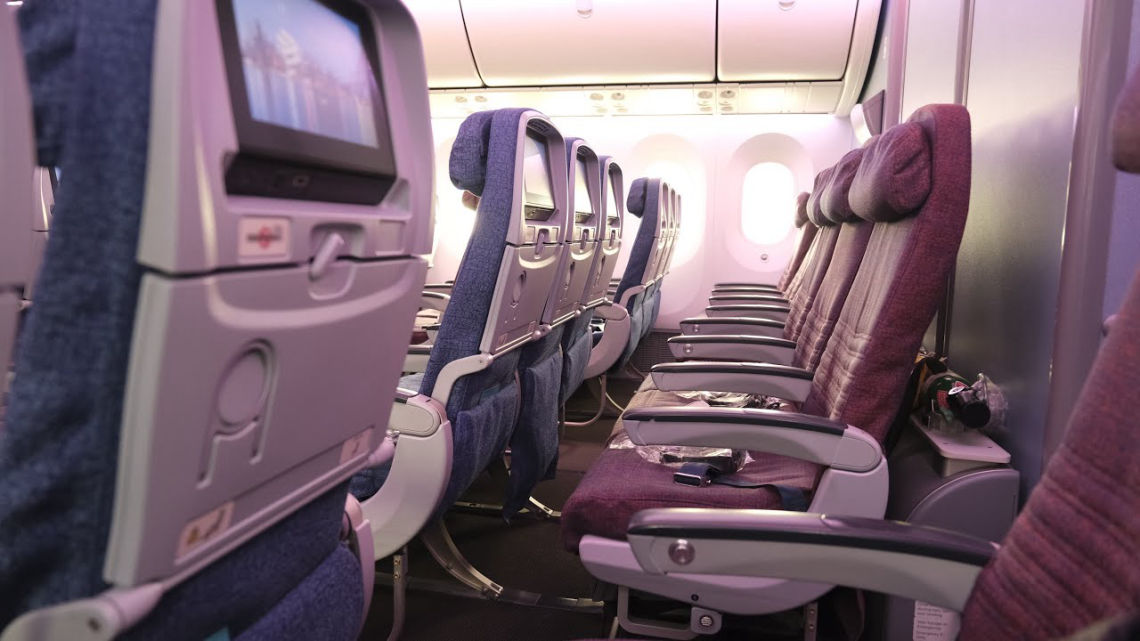Further examination of the cockpit seat switch controls revealed significant discrepancies between the resting positions of the pilot's and first officer's seat switch covers. While the first officer’s seat cover sat flush with the seat back, the pilot's seat switch cover did not. This raises questions about whether the incomplete closure of the pilot's seat switch cover could have inadvertently activated the switch, causing the seat to move forward and potentially leading to the aircraft's instability.

